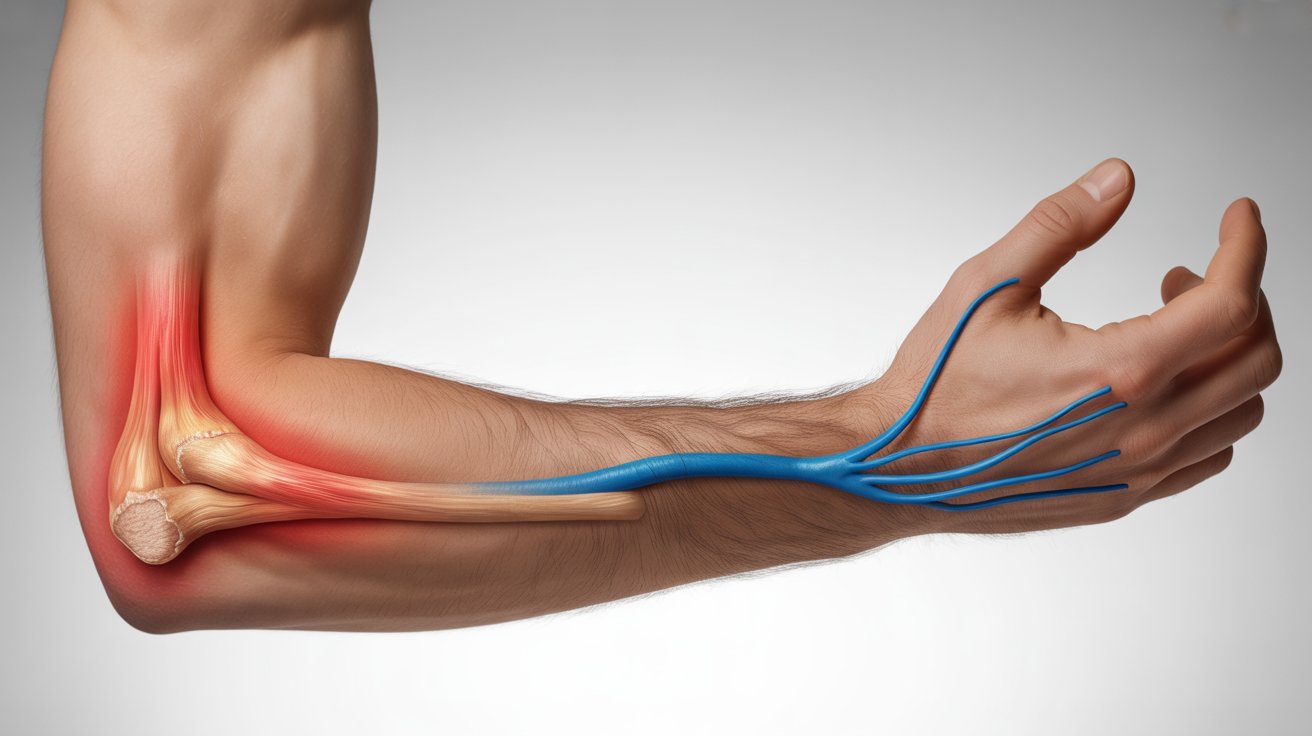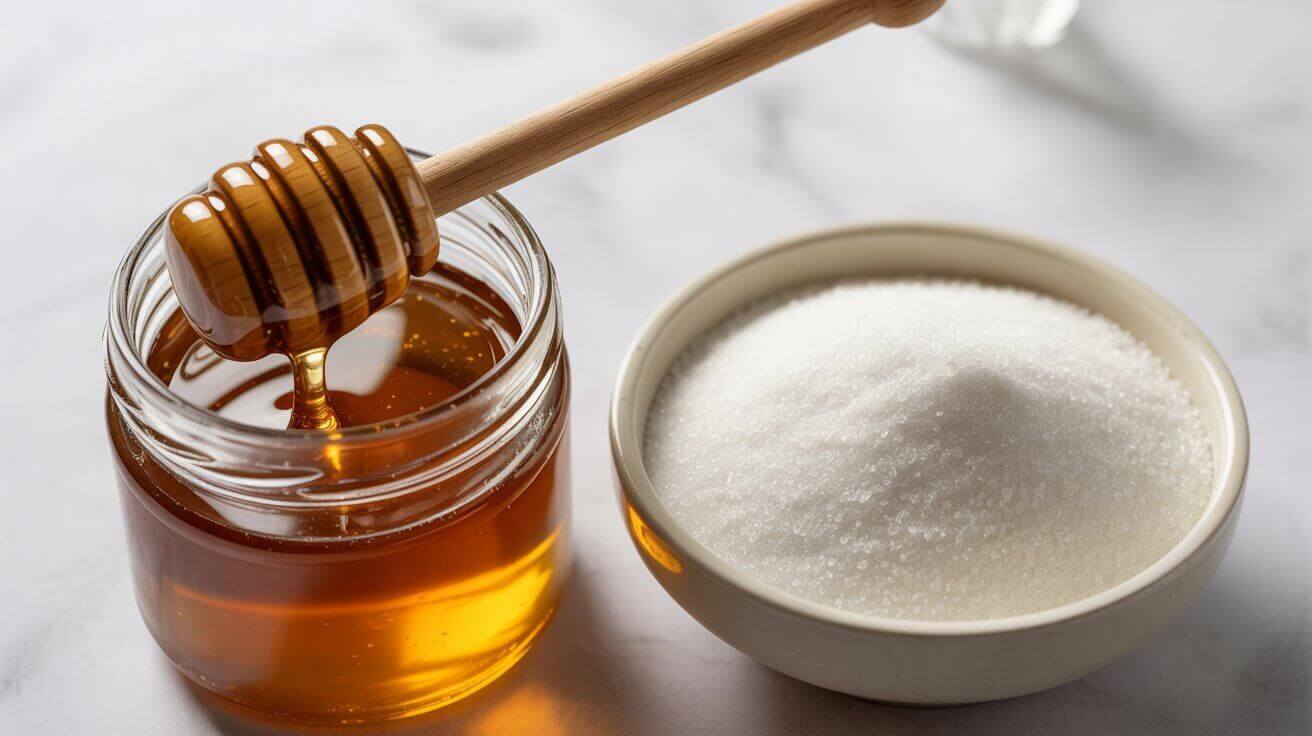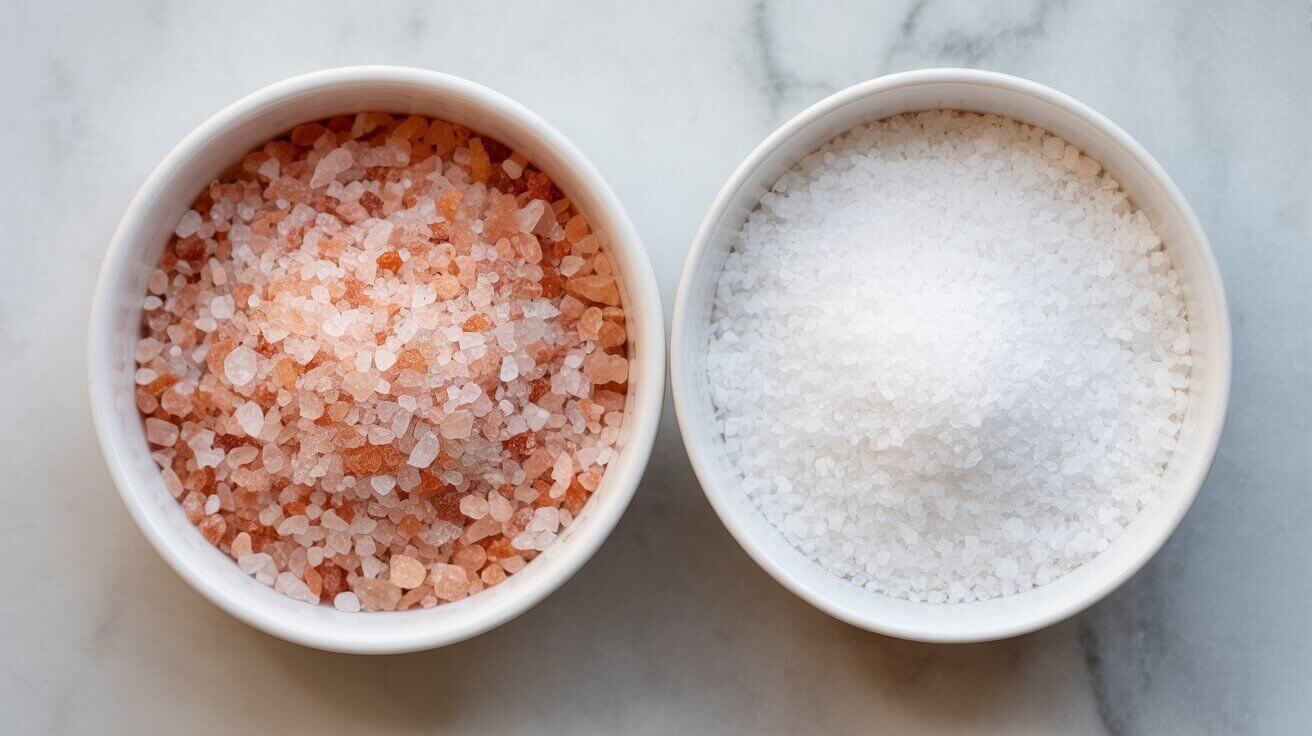It’s a familiar scene in countless households and offices: the day begins with a freshly brewed pot of coffee, its rich aroma filling the air. That first cup is perfect. But then, life happens. The morning rush, a long meeting, a series of distractions. The once-hot coffee sits on the warmer or on your desk, a silent companion throughout the day. You pour a second cup at 11 a.m., another after lunch, and maybe one more to get through the afternoon slump. It’s the same coffee, just… older. And later, some people might notice a familiar, unwelcome feeling: a sour stomach, a bit of heartburn, or a general sense of digestive unease. If you’ve ever wondered whether stale coffee can upset your stomach, you’re not alone. This question is more than just about taste; it delves into the chemistry of coffee sitting out and its potential impact on digestive well-being.
The Science Behind Why Stale Coffee May Affect Your Stomach
When coffee is exposed to oxygen, heat, and light, its chemical profile begins to change immediately. This process, known as oxidation, is the primary reason why day-old coffee tastes so different—and why it may cause digestive issues for some people, particularly those with sensitive stomachs.
Freshly brewed coffee is a complex solution containing hundreds of aromatic compounds, oils, and acids. One of the most significant groups of acids is chlorogenic acids (CGAs). These compounds are powerful antioxidants and contribute to the bright, nuanced flavors of a fresh cup. However, as coffee sits, especially when kept warm, these CGAs begin to break down into quinic and caffeic acids. This chemical shift is largely responsible for the increasingly bitter and sour taste of stale coffee.
More importantly for sensitive individuals, this change increases the overall acidity of the beverage. While coffee is naturally acidic, the concentration of these harsher, more astringent acids in day-old coffee can be significantly higher. When this highly acidic liquid enters the stomach of someone with digestive sensitivity, it may provoke a more robust response from their gastric glands.
What Happens When Coffee Sits Out
The transformation of coffee compounds doesn’t stop at acids. As coffee’s natural oils oxidize and spoil over time, they can also become rancid. These oxidized oils contribute to the unpleasant, bitter aftertaste of stale coffee and may further irritate sensitive digestive systems. The longer coffee sits out, especially at warm temperatures, the more pronounced these chemical changes become.
More Helpful Reads You Might Like:
Why Day-Old Coffee May Cause Digestive Issues in Some People
Your stomach is a highly acidic environment by design, producing hydrochloric acid to break down food and protect against pathogens. However, certain foods and beverages can stimulate an overproduction of this acid, leading to discomfort in susceptible individuals. Coffee, primarily due to its caffeine and various acid compounds, is a known stimulant of gastric acid secretion.
When someone with digestive sensitivity drinks stale coffee, they may be introducing a substance that can lower the pH in their stomach even further. This explains why some people develop an upset stomach after consuming day-old brew. For those who are sensitive, the increased acidity may lead to several uncomfortable symptoms:
•Heartburn and Acid Reflux: The increased acidity may irritate the lining of the stomach and esophagus in sensitive individuals. It might also relax the lower esophageal sphincter (LES), the muscular valve that keeps stomach acid from flowing back up into the esophagus, potentially causing the burning sensation of heartburn.
•Stomach Upset and Pain: For individuals with sensitive stomachs, gastritis (inflammation of the stomach lining), or a history of ulcers, the heightened acidity can act as a direct irritant, potentially causing pain, cramping, or a feeling of gnawing discomfort.
•Bloating and Indigestion: An overly acidic environment may interfere with the normal digestive process in some people, potentially leading to feelings of fullness, bloating, and general indigestion.
The Risk of Bacterial Growth in Coffee Sitting Out
While the chemical changes are significant, there’s another crucial factor to consider, especially if you add milk, creamer, or sugar to your cup. Black coffee is a relatively hostile environment for most bacteria. However, once you introduce dairy and sugar, you create a welcoming breeding ground for microorganisms. The U.S. Food and Drug Administration (FDA) advises that perishable foods, including coffee with milk, should not be left at room temperature for more than two hours. After this window, the risk of bacterial growth increases significantly, which can lead to foodborne illness in anyone who consumes it.
When Day-Old Coffee Becomes Potentially Problematic
Understanding the timeline of coffee changes is helpful for those who want to minimize potential digestive discomfort. Here’s what happens as coffee sits out:
0-4 hours: Black coffee remains relatively safe but begins losing flavor and developing increased acidity.
4-12 hours: Significant chemical changes occur, making stale coffee more likely to cause stomach irritation in sensitive individuals.
12-24 hours: While black coffee may still be technically safe, those with digestive sensitivity may find increased risk of discomfort.
Beyond 24 hours: Coffee should be discarded, especially if it contains dairy products.
4 Ways to Prevent Stale Coffee From Upsetting Your Stomach
Understanding the science behind why day-old coffee might be causing some people grief is the first step. The next is adopting simple habits to ensure every cup is as kind to your stomach as it is enjoyable. Here are four practical, evidence-based strategies, especially helpful for those with sensitive digestive systems:
1. Brew Fresh, Small Batches
It sounds simple, but it’s the most effective solution. Instead of brewing a full pot that will sit for hours, consider making just enough for a cup or two at a time. This guarantees a fresh, flavorful, and less acidic experience every time. Using a single-serve brewer, a French press, or an AeroPress can make this approach quick and convenient.
2. Use Proper Storage Methods
If you love the convenience of a large batch, a high-quality, insulated thermos is your best friend. By keeping the coffee hot without the continuous, flavor-altering heat of a warming plate, a thermos significantly slows down the oxidation process. It preserves the coffee’s intended flavor profile and reduces the formation of those harsh acids for several hours.
3. Transition from Hot to Cold Safely
If you have leftover coffee, don’t let it sit out. Allow it to cool and then immediately transfer it to a sealed container in the refrigerator. Chilling the coffee dramatically slows the chemical reactions and bacterial growth. This cold coffee can be safely enjoyed for up to 24-48 hours, either reheated or served over ice. Note that reheating may still introduce some bitterness, but it is a far safer option than drinking coffee that’s been sitting out all day.
4. Listen to Your Body’s Signals
This is perhaps the most crucial piece of advice. Digestive sensitivity varies greatly from person to person. If you consistently experience discomfort after drinking coffee that’s been sitting out, your body is sending you a clear signal. Pay attention to it. Some individuals may be more susceptible to the effects of increased acidity, especially those with conditions like GERD or functional dyspepsia. Prioritizing freshness isn’t just about taste—it’s about respecting your body’s individual needs and limits.
Conclusion: Fresh Coffee for Sensitive Stomachs
That lingering pot of coffee might seem like an efficient way to stay caffeinated, but for some people, the convenience may come at a cost to digestive comfort. The science shows that as coffee sits out, it becomes a more acidic and potentially irritating beverage for those with sensitive systems. An upset stomach from stale coffee is often preventable with simple changes to your routine. By making small adjustments—brewing fresh, using a thermos, or properly storing leftovers—you can continue to enjoy all the benefits and pleasures of coffee while minimizing the risk of unwelcome digestive side effects. The next time you’re tempted to pour a cup from a pot that’s been sitting out for hours, pause and consider a fresh start. Your stomach may thank you for it.
Frequently Asked Questions (FAQ)
Q1: How long can I safely drink coffee that’s been sitting out?
Black coffee can be safely consumed for up to 24 hours when left at room temperature, though the flavor begins to deteriorate after 4-6 hours. However, if your coffee contains milk, cream, or other dairy products, it should not be consumed after sitting out for more than 2 hours due to the risk of bacterial growth. The key factor is that while black coffee may be technically safe for longer periods, the chemical changes that occur make it more likely to cause stomach irritation in sensitive individuals.
Q2: Why does stale coffee taste more bitter and potentially upset some people’s stomachs more than fresh coffee?
As coffee sits out, especially when kept warm, its chemical composition changes through oxidation. The beneficial chlorogenic acids break down into quinic and caffeic acids, which are harsher and more astringent. This process increases the overall acidity of the coffee, making it taste more bitter and sour. For people with sensitive digestive systems, this more acidic stale coffee may stimulate excessive gastric acid production, potentially leading to heartburn, stomach pain, and general digestive discomfort.
Q3: Can I reheat day-old coffee to make it safer for my stomach?
Reheating day-old coffee doesn’t reverse the chemical changes that have already occurred. While heating may kill any bacteria that might have grown (particularly important if the coffee contained dairy), it won’t reduce the increased acidity or eliminate the harsh compounds that formed during oxidation. In fact, continued heating can sometimes make these compounds even more concentrated. If you must reheat coffee, it’s better to refrigerate it first and then reheat, but the best approach is always to brew fresh coffee when possible.
Q4: I have GERD or a sensitive stomach. Should I avoid coffee altogether, or are there ways to enjoy it safely?
You don’t necessarily need to give up coffee entirely, but you should be extra cautious about freshness and preparation methods. People with GERD, gastritis, or sensitive stomachs are more susceptible to the effects of increased acidity from stale coffee. Focus on brewing fresh, small batches, consider cold brew (which is naturally less acidic), avoid drinking coffee on an empty stomach, and never consume coffee that’s been sitting out for hours. If you consistently experience an upset stomach even with fresh coffee, consult with your healthcare provider about whether coffee is appropriate for your specific condition and what modifications might help.
Sources & Further Reading
1.Nehlig A. Effects of Coffee on the Gastro-Intestinal Tract: A Narrative Review and Literature Update. Nutrients. 2022 Jan 17;14(2):399. doi: 10.3390/nu14020399. PMID: 35057580; PMCID: PMC8778943. https://pubmed.ncbi.nlm.nih.gov/35057580/
2.Harvard Health Publishing. Why does coffee help with digestion? Harvard Health. January 1, 2024. https://www.health.harvard.edu/staying-healthy/why-does-coffee-help-with-digestion
3.Mayo Clinic. Coffee and health: What does the research say? Mayo Clinic Health Information. https://www.mayoclinic.org/healthy-lifestyle/nutrition-and-healthy-eating/expert-answers/coffee-and-health/faq-20058339
4.Cleveland Clinic. Why Coffee Makes You Poop. Cleveland Clinic Health Essentials. January 24, 2023. https://health.clevelandclinic.org/why-does-coffee-make-you-poop
5.U.S. Food and Drug Administration (FDA). Spilling the Beans: How Much Caffeine is Too Much? FDA Consumer Updates. August 28, 2024. https://www.fda.gov/consumers/consumer-updates/spilling-beans-how-much-caffeine-too-much
7.National Institute for Occupational Safety and Health (NIOSH) – CDC. Caffeine & Long Work Hours. CDC Archive. https://archive.cdc.gov/www_cdc_gov/niosh/emres/longhourstraining/caffeine.html









